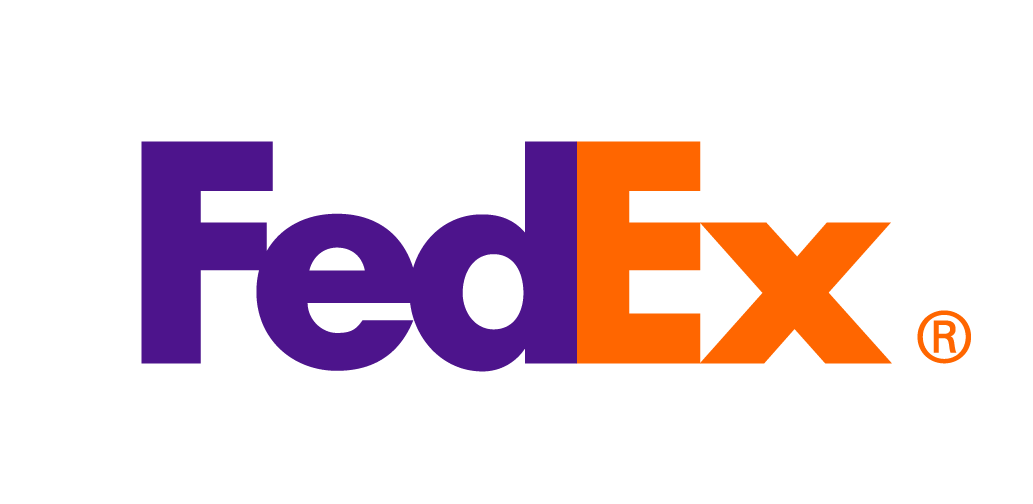
After you’ve put time and hard work into building your business, you may decide it’s time to sell the company and move on to your next project. Any potential buyer will want to see extensive evidence of your company’s current and potential value and its financial success.
Here are seven financial documents you should prepare before selling your company.
Profit and loss statement
A profit and loss statement, or P&L, summarizes your company’s revenue and expenses during a particular time period, demonstrating its financial health and ability to generate profit.
Public companies issue P&L statements quarterly and annually. You’ll need a P&L statement to prove to any possible buyers that your company has value and earning potential. The document will likely factor into a buyer’s evaluation of your business and the amount of money they are willing to buy it for.
Cash flow statement
A cash flow statement is a detailed record of all cash received and spent by your business. It details the cash earned from regular operations as well as any cash spent on standard business activities or outside investments. By viewing your cash flow statement, a potential buyer can easily measure your business’s operations, investments, and financing. A buyer will generally prefer that your business generates most of its cash flow directly from operations, with investments and financing supplements.
[Read more: Business Plan Financials: 3 Statements to Include]
Balance sheet
Through your balance sheet, buyers can see how liquid and efficient your business is. Balance sheets demonstrate how well your business can afford its operating expenses as well as cover any potential debt obligations.
On one side of the balance sheet, you will detail your assets and their funding. On the other side, you will list any of your business’s liabilities, as well as shareholders’ equity. Liabilities combined with shareholders’ equity will amount to your assets. Liabilities and assets should be further classified as either “current” or “non-current,” with any liquid elements incorporated into the “current” section.
[Read more: Creating a Financial Accounting Report With the Four Basic Statements]
Financial projections, although not a guarantee, give prospective buyers a sense of your business’s potential earning power.
Bank statements
When selling your business, gather the last two or three months of bank statements for your prospective buyers to review. Your bank statements will include your transaction history, allowing prospective buyers to see how often and how much money was moving in and out of your accounts. They will likely check for the average amount of money in the business account each month as well as any outstanding debt. Things like bounced checks or suspicious deposits without a reputable source will stand out as red flags to any prospective buyer.
Aging reports
An aging report lists unpaid invoices from a particular time period. The report can also reveal if any customer in particular is prone to making late payments or not paying at all. If an aging report reveals a litany of unpaid invoices, a prospective buyer may be hesitant to purchase your business. If the buyer does decide to move forward with the purchase, they may offer less than they would if you had a better aging report.
Tax returns
When preparing to sell your business, gather your recent tax returns. If you have been diligent with your records, this should be an easy task. Prospective buyers will want to examine your tax returns to make sure you have handled your business appropriately and that they won’t have to worry about cleaning up any of your messes. In particular, they may ask to see your income taxes, employment taxes, excise tax, and self-employment tax, if applicable.
Additionally, tax returns will provide prospective buyers with a clear picture of your annual revenue.
Financial projections
Financial projections, although not a guarantee, give prospective buyers a sense of your business’s potential earning power. These projections are made using many of the above documents/information to estimate what incomes and expenses the business is likely to have. If you need help preparing your financial projections, you can find templates and services online. Typically, projections should include payroll costs, operating expenses, cost of goods sold, and depreciation of your business.
[Read more: How to Create a Financial Projection In Excel]
CO— aims to bring you inspiration from leading respected experts. However, before making any business decision, you should consult a professional who can advise you based on your individual situation.
CO—is committed to helping you start, run and grow your small business. Learn more about the benefits of small business membership in the U.S. Chamber of Commerce, here.










